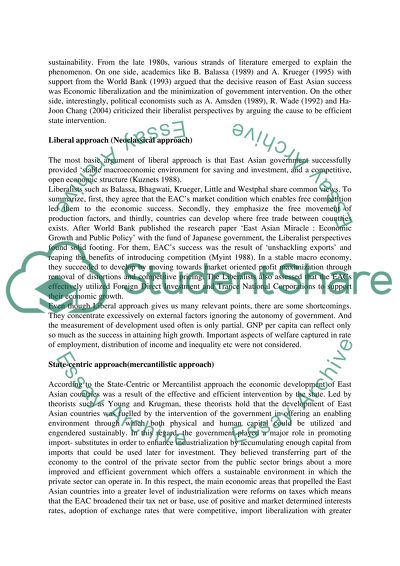Cite this document
(“Developmental state(East Asia) Essay Example | Topics and Well Written Essays - 3000 words”, n.d.)
Developmental state(East Asia) Essay Example | Topics and Well Written Essays - 3000 words. Retrieved from https://studentshare.org/miscellaneous/1561421-developmental-stateeast-asia
Developmental state(East Asia) Essay Example | Topics and Well Written Essays - 3000 words. Retrieved from https://studentshare.org/miscellaneous/1561421-developmental-stateeast-asia
(Developmental state(East Asia) Essay Example | Topics and Well Written Essays - 3000 Words)
Developmental state(East Asia) Essay Example | Topics and Well Written Essays - 3000 Words. https://studentshare.org/miscellaneous/1561421-developmental-stateeast-asia.
Developmental state(East Asia) Essay Example | Topics and Well Written Essays - 3000 Words. https://studentshare.org/miscellaneous/1561421-developmental-stateeast-asia.
“Developmental state(East Asia) Essay Example | Topics and Well Written Essays - 3000 Words”, n.d. https://studentshare.org/miscellaneous/1561421-developmental-stateeast-asia.


